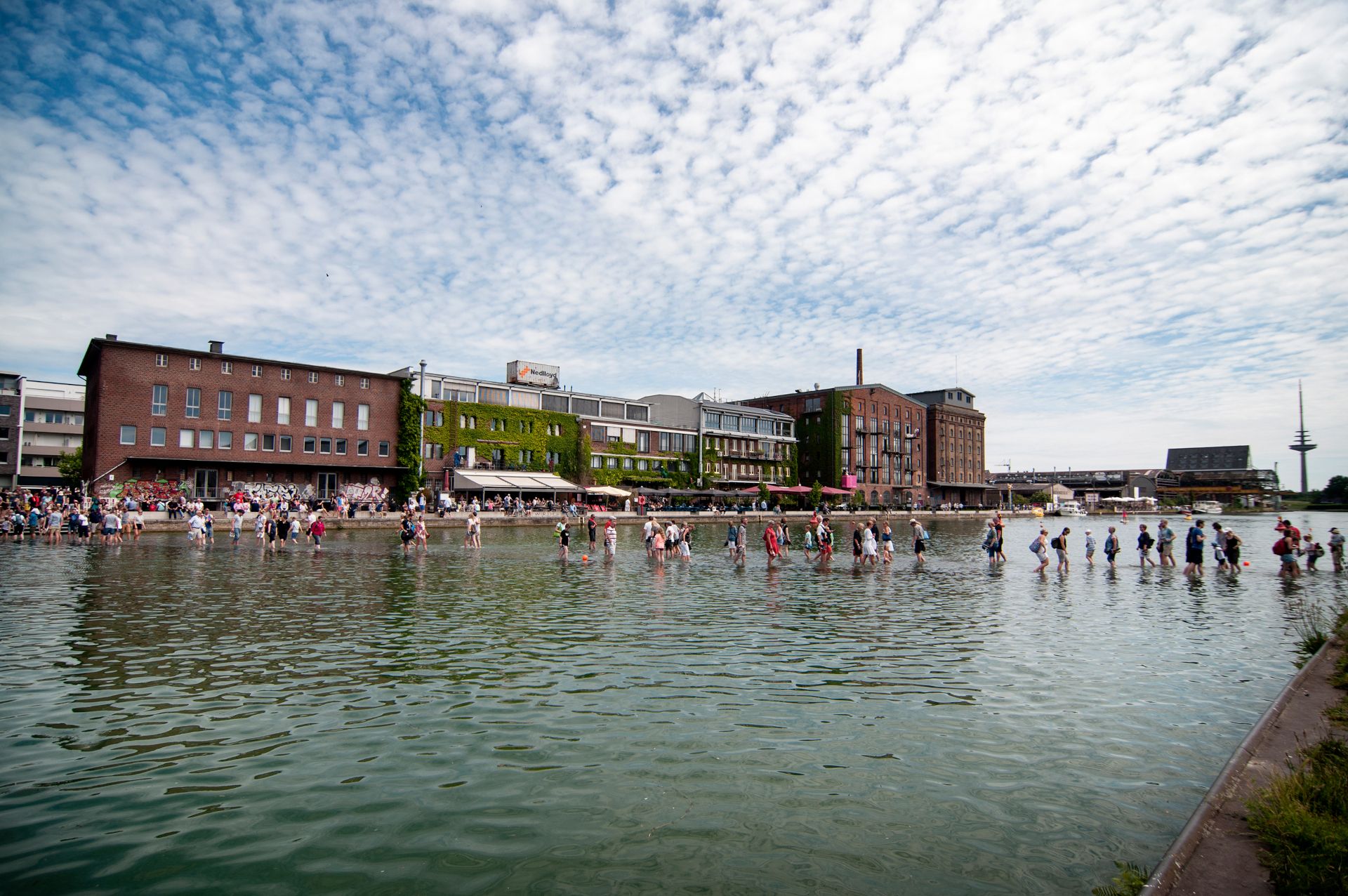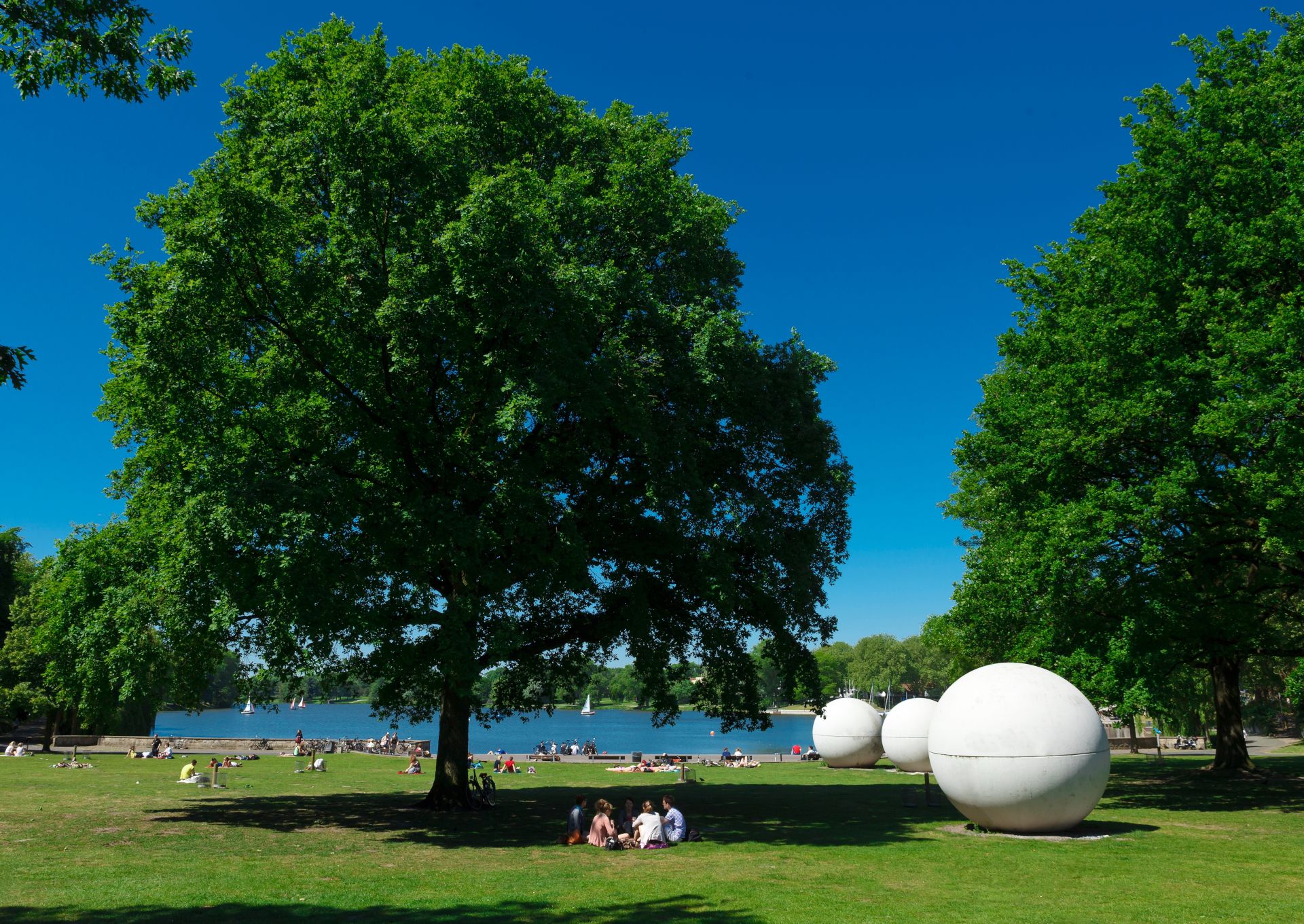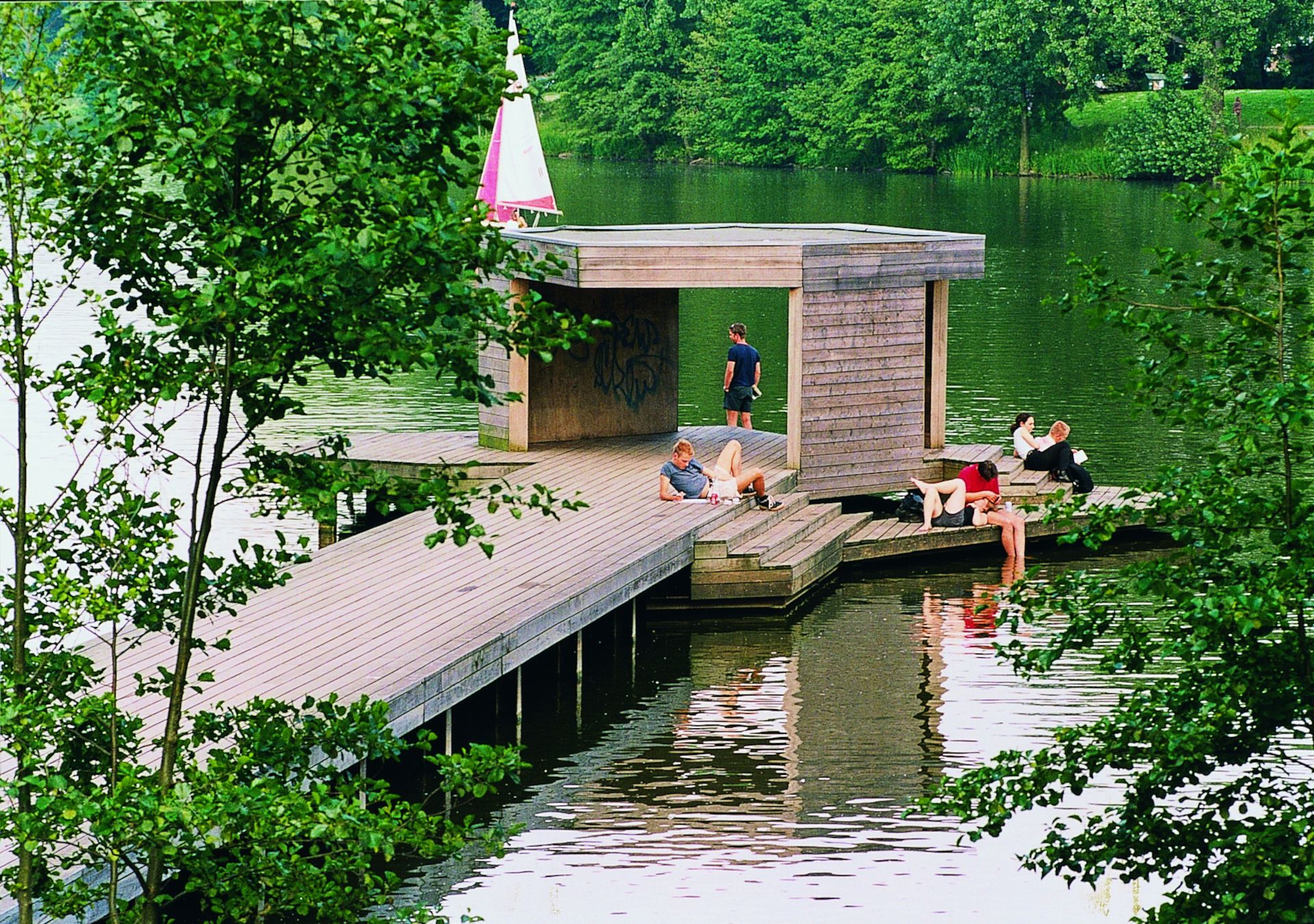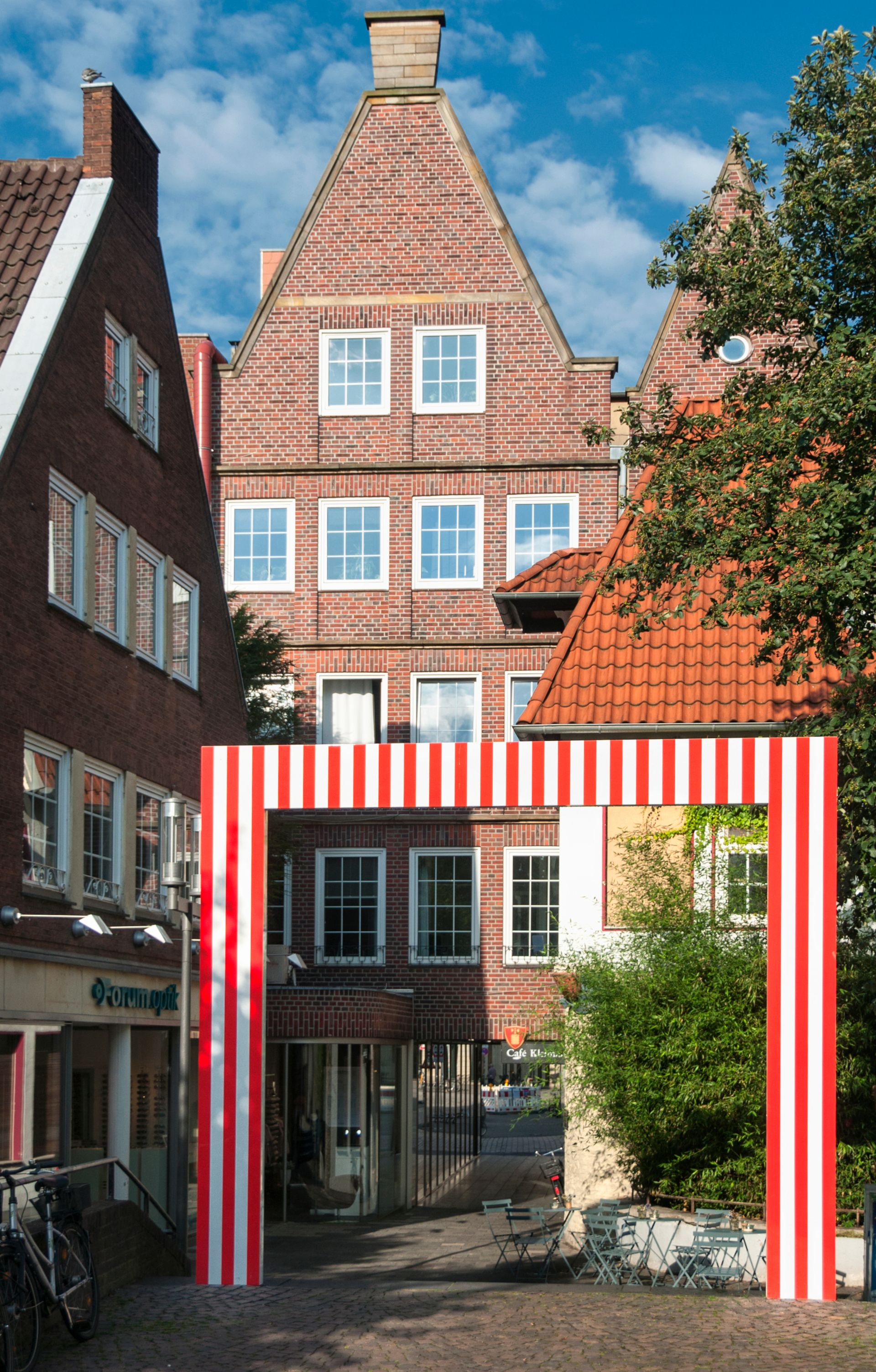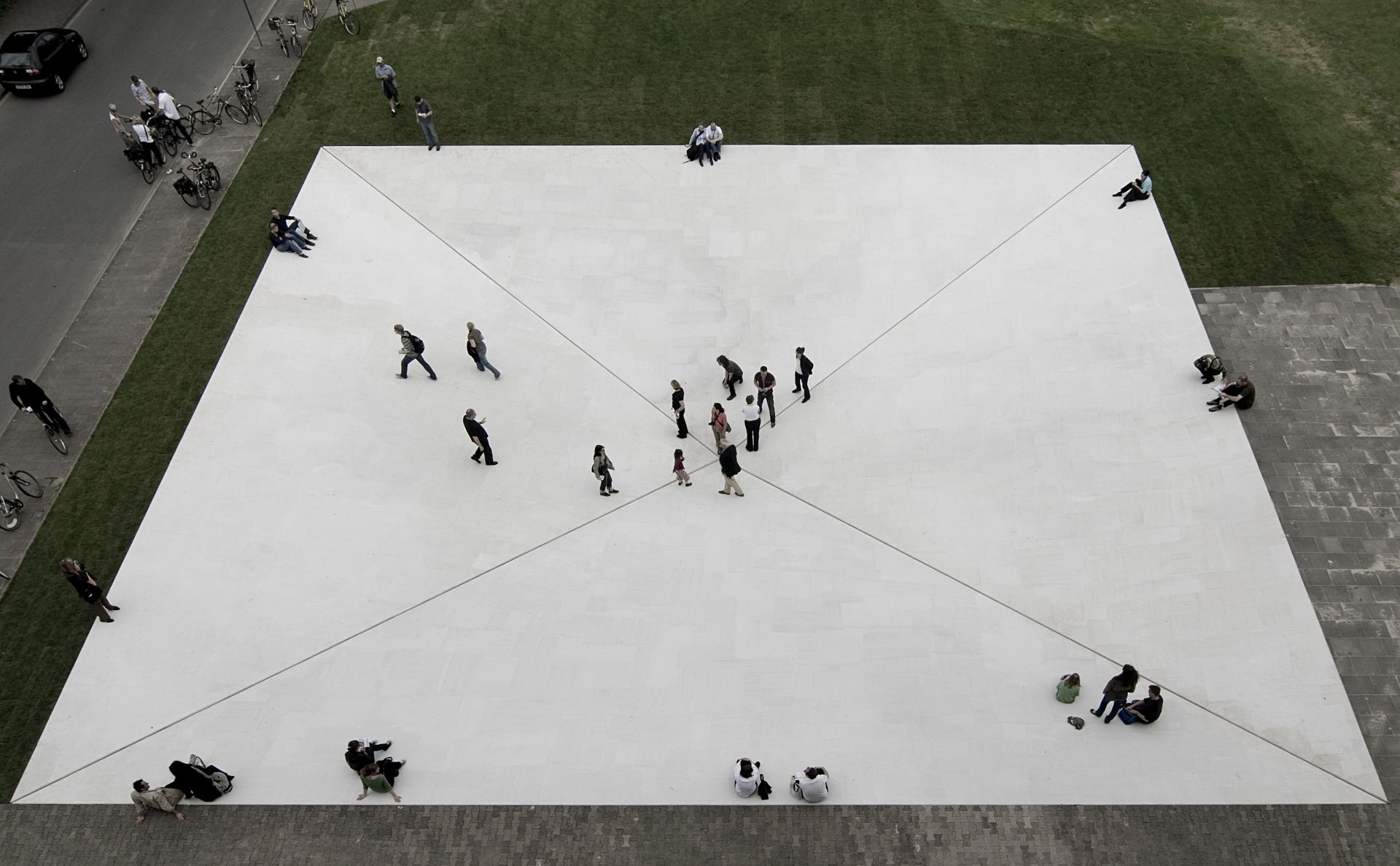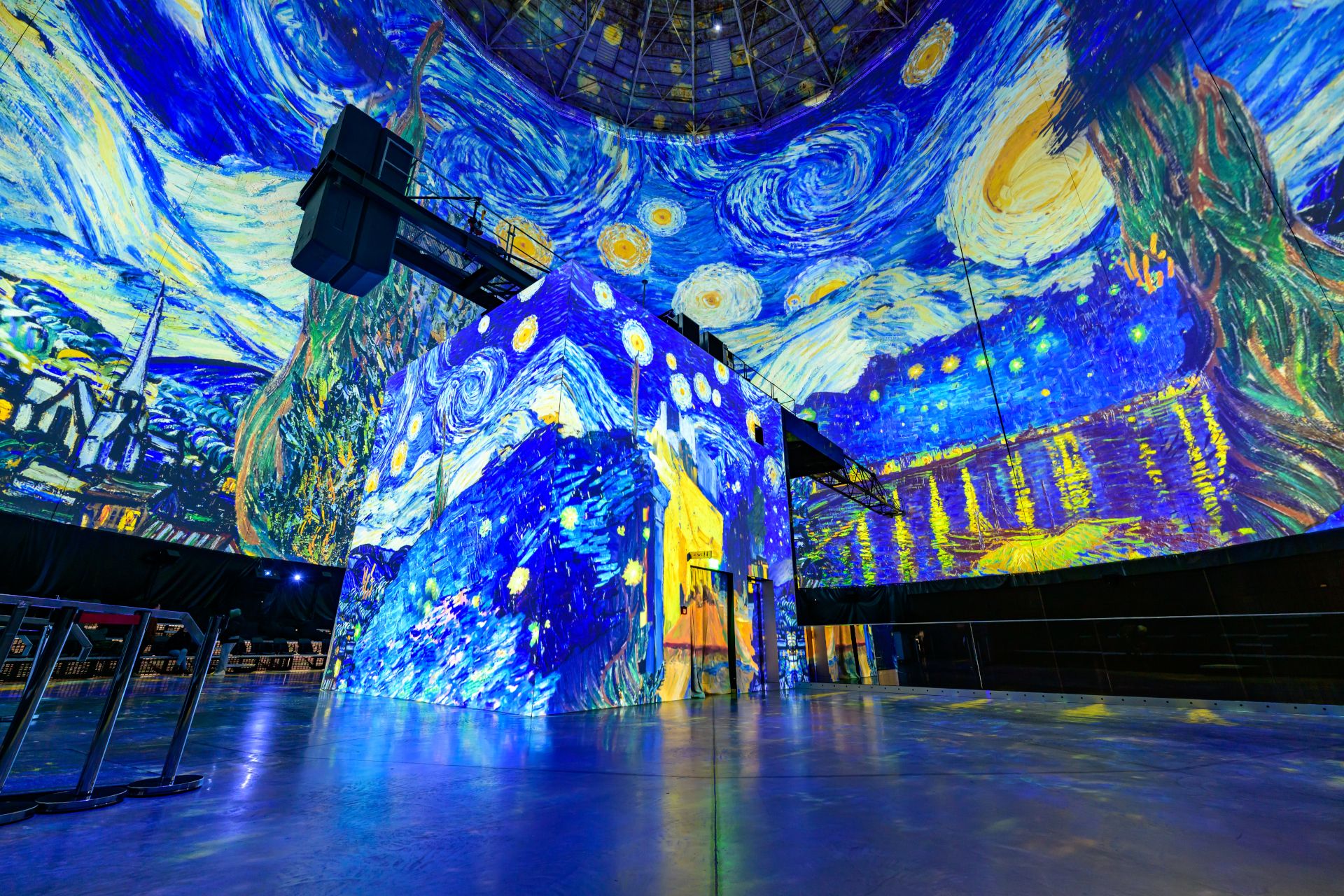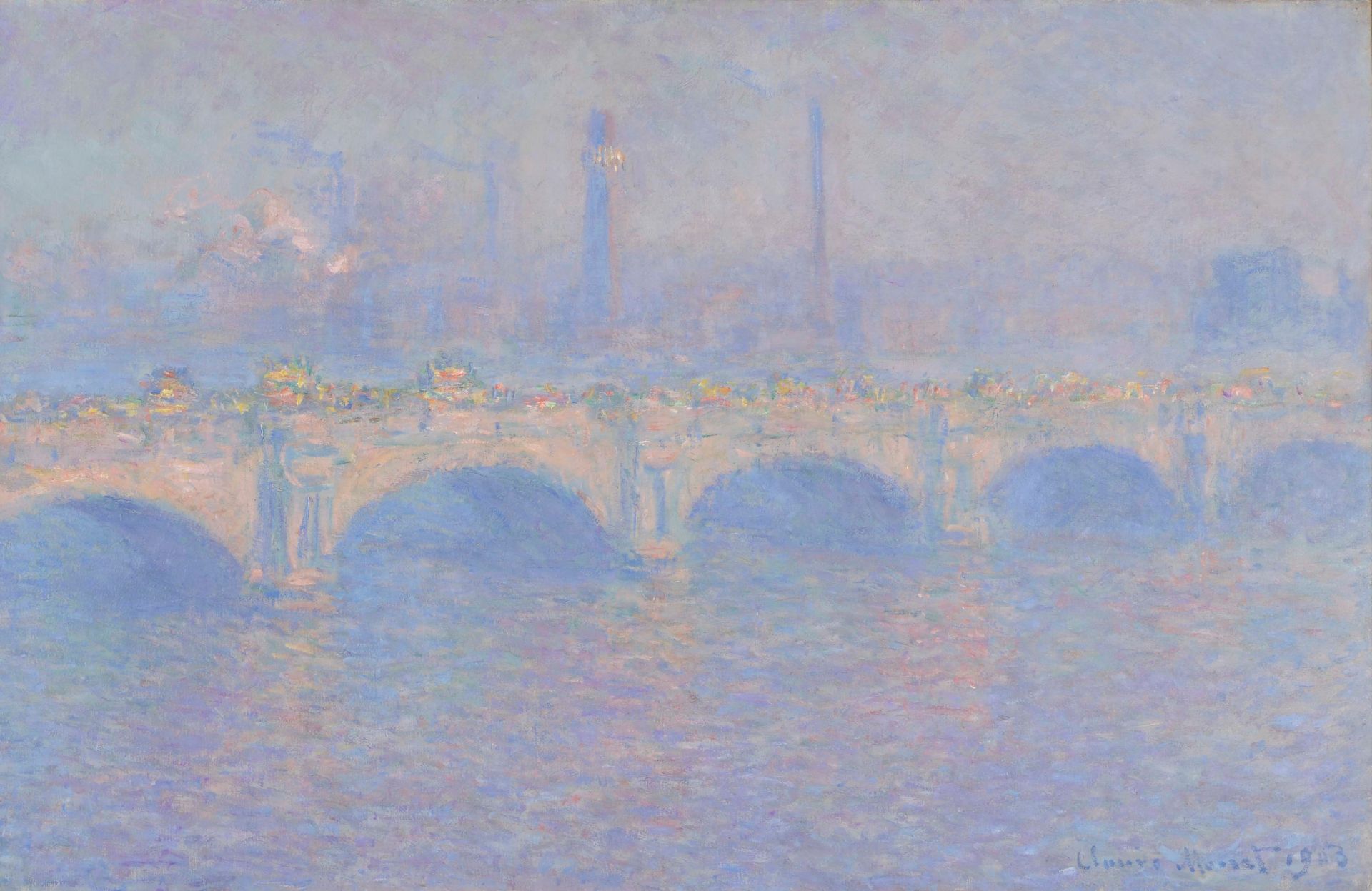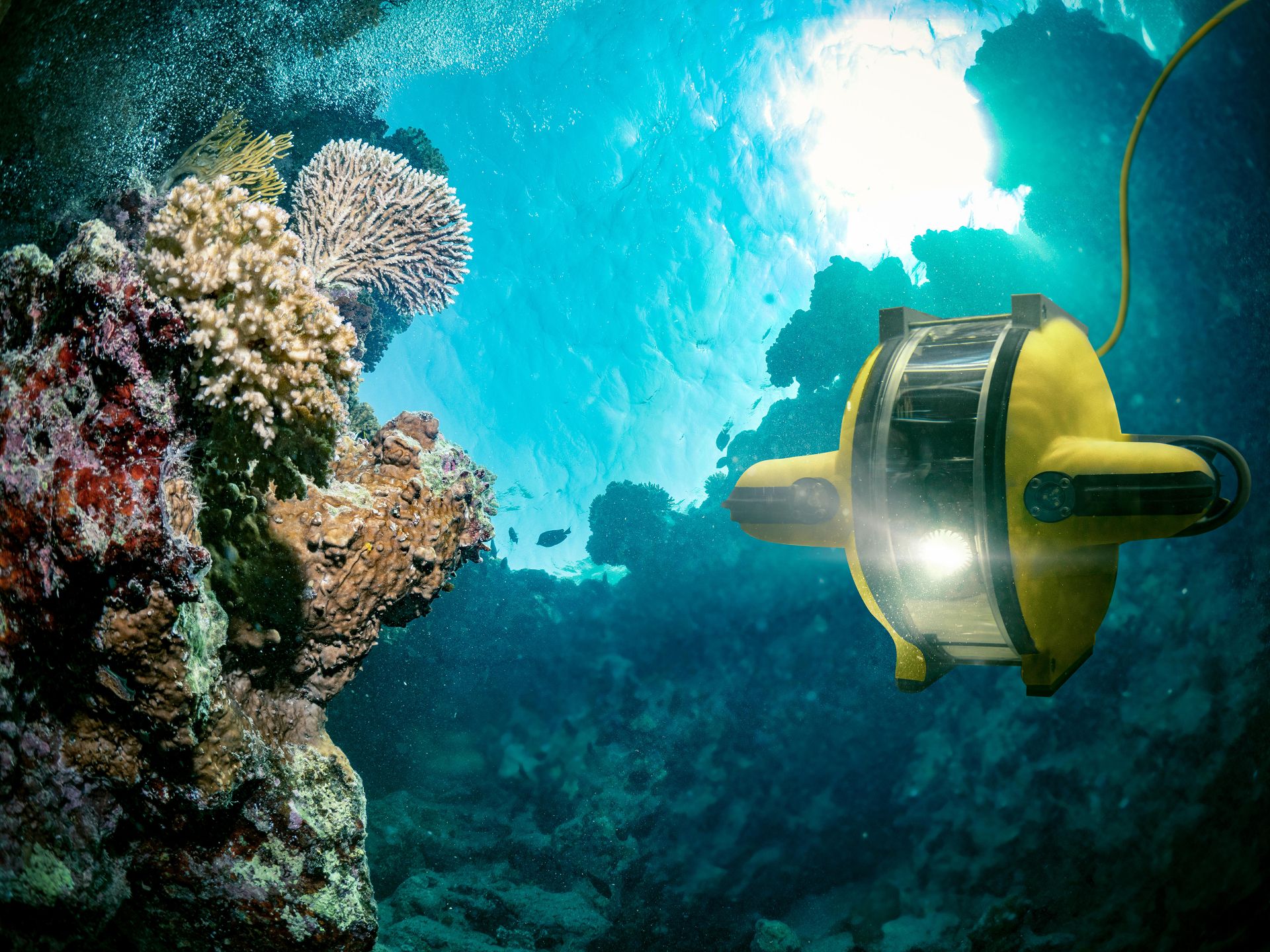Since 1977, this major artistic event has transformed the city of Münster into an open-air museum every ten years. 2027 marks the sixth edition of Skulptur Projekte, which also celebrates the 50th anniversary of the format. Like its predecessors, this edition of the city-wide sculpture exhibition, which is being led for the first time by the international curator collective "What, How and for Whom" (WHW), aims to capture the artistic trends of the time and provide answers to current social questions.
Supported by the Landschaftsverband Westfalen-Lippe (LWL) and the City of Münster, Skulptur Projekte has long been considered one of the most important art events in Germany. They are both a temporary exhibition and a public collection, as some works remain permanently after the show. But even the ephemeral interventions leave their mark: they change the view of the city, open up discourses on democracy, resources, climate or migration and turn Münster into a laboratory for the urban future.
Temporary exhibition, public collection
Between Aasee and Schlossgarten, between the harbor and the city center, travelers in Münster come across works of art that are more than a natural part of the cityscape. Originally intended as temporary interventions, these works now fit perfectly into their surroundings. Claes Oldenburg's monumental "Giant Pool Balls", for example, have been lying like giant billiard balls on Lake Aa since 1977. Dan Graham's mirrored "Octogon for Münster" has adorned the avenue of the palace gardens as a mirror and perception game since 1987. Both works exemplify the idea behind Skulptur Projekte Münster: not to hide art in a museum, but to place it in the midst of life.
In the recent past, works that directly involved the public have been particularly impressive: Ayşe Erkmen's "On Water", for example, allowed guests to walk on a footbridge across the inland port in 2017. Nicole Eisenman's fountain ensemble "Sketch for a Fountain" invited them to actively engage with five naked, gender-neutral figures in Kreuzschanzen Park. Such works also made the Skulptur Projekte an intense experience for around 650,000 guests from 72 countries.
